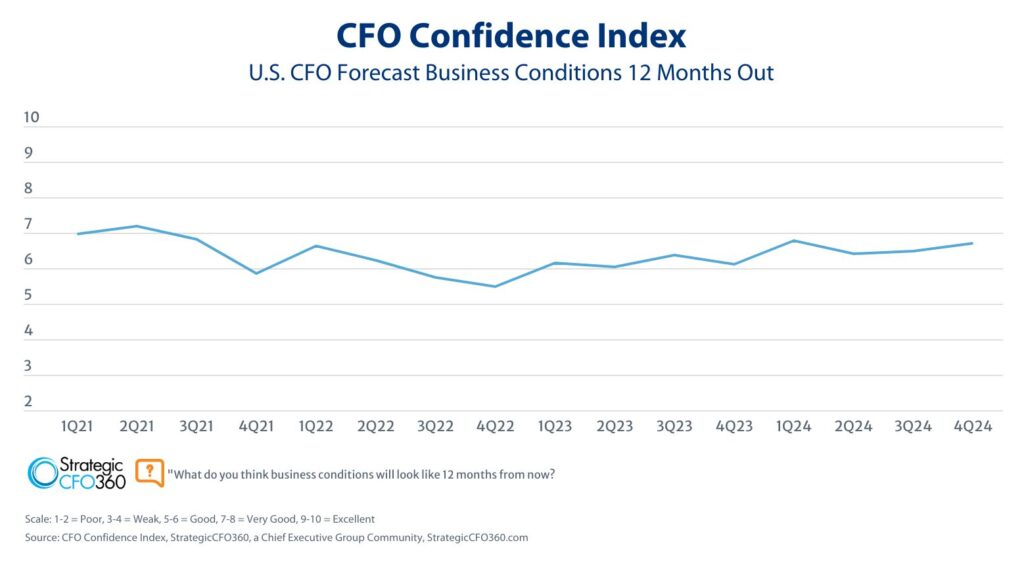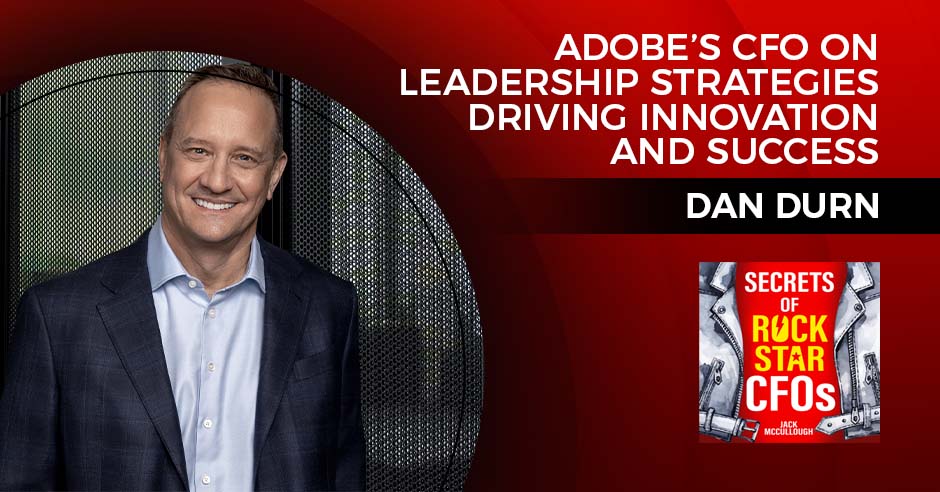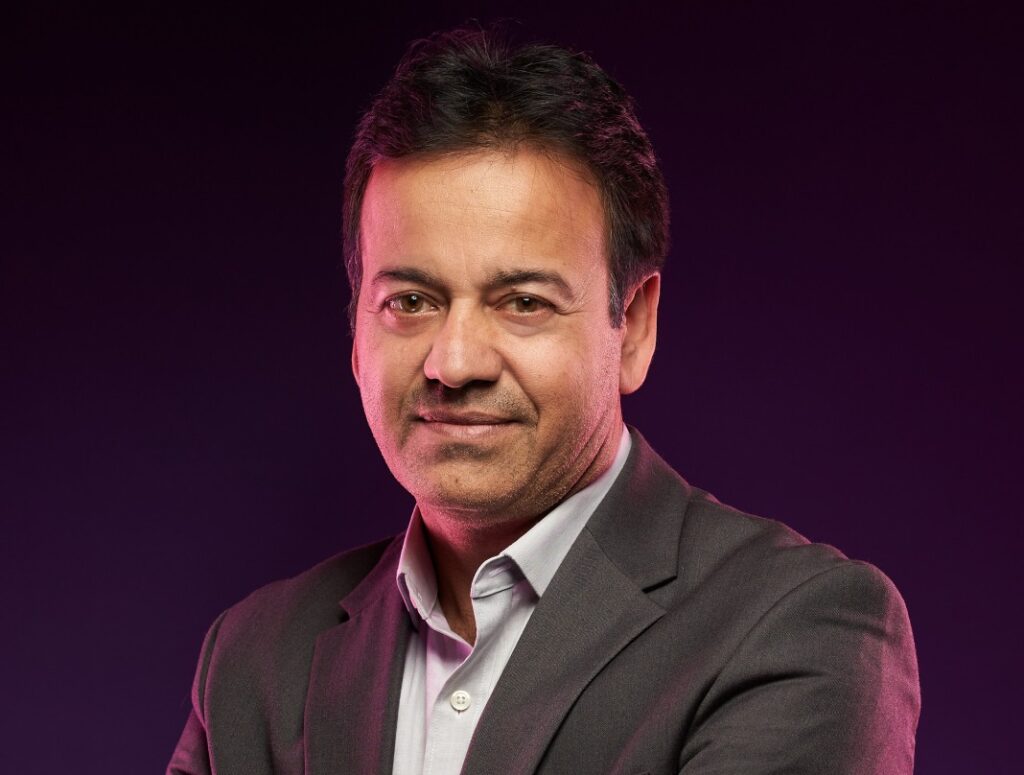Editor’s note: Longtime Chief Executive columnist Jonathan Byrnes passed away on May 7 at age 75 after a long and valiant fight against cancer. The MIT professor, consultant and cofounder of Profit Isle was a brilliant mind, thoughtful businessperson—and kind man. We will miss him. This column is one of several that he submitted to us before his passing.
***
Recently, I participated in a discussion about a major strategic investment that a company was contemplating. This investment was a possible game-changer involving the development of an important new business capability for their highest-profit customers.
The key question on the table was: Will the prospective benefits exceed the costs, yielding returns greater than the cost of capital? After all, that is the standard way that most financial managers assess investments.
Strategic vs. tactical investments
The problem—and opportunity—is that assessing strategic initiatives is fundamentally different from assessing tactical investments.
Tactical investments, which produce incremental improvements to the business, are the appropriate domain for traditional capital budgeting, featuring net present value and return on investment analysis setting well-understood costs against benefits over time.
The world of major strategic investments, however, requires a completely different financial assessment process—one that goes beyond simply adding up costs and benefits to also reflect the strategic relevance and the payback period.
Bad profits
Should you make all investments that pass the cost-of-capital recovery test? The answer is a surprising “no.”
The essential point is that in assessing strategic (game-changing) investments, profitability alone is not enough. The other critical dimension is whether the investment is strategically relevant.
An Enterprise Profit Management solution is the crucial first step in determining whether a potential major investment is strategically relevant. Over years of experience with EPM—a transaction-level SaaS profit improvement system that creates a full P&L on every invoice line—we have found that virtually all companies have a characteristic pattern of profit segmentation:
- Profit Peak customers—typically about 20 percent of the customers generate 150 percent of a company’s profits;
- Profit Drain customers—typically about 30 percent of the customers erode about 50 percent of these profits; and
- Profit Desert customers—typically the remainder of the customers produce minimal profit but consume about 50 percent of a company’s resources.
The same pattern occurs in a company’s products, suppliers, sales reps, stores and most other company dimensions.
For example, investing in offering a service that is demanded primarily by large, money-losing Profit Drain customers is almost certainly not strategically relevant, so you should avoid it even if the investment is profitable. On the other hand, investing in a showcase project to discover an important new customer need that will accelerate your business with your Profit Peak customers may well be very worthy in the long run, even if it does not offer immediate returns.
Yet, a simple capital budgeting business case would favor the former investment and discourage the latter.
Consider a profitable investment that is not strategically relevant, which would indeed pass the cost of capital test. This investment actually has two hidden costs (beyond the opportunity cost of investing in more strategically relevant projects) that typically do not appear in the business case calculation.
First, an investment in a major new business initiative almost always exponentially increases the complexity of the business in unforeseen ways, and this increases the cost structure of the whole business. (In general, increasing the volume of existing business creates arithmetically increasing costs, but increasing the complexity of the business creates geometrically increasing costs.)
Second, an investment of this sort generates an inexorable future demand for more resources because top managers generally do not really act for purely economic reasons—after all, how can you really estimate the costs and benefits of a service offering five to 10 years from now? Moreover, if a company does not employ EPM, it will not be able to identify its Profit Peaks and Profit Drains, raising the risk of deepening the company’s relationship with its largest money-losing customers (and gauging “success” based on revenue growth rather than customer profitability).
Further, at the executive level, top managers often act to ensure “fairness”—the executive in charge needs an opportunity to show what he or she can do with this new opportunity. And it is much easier to start trying to grow an opportunity than to end it because the former is easy to measure, while the latter is difficult because turning it around is always “just around the corner.”
Instead, it is very helpful to think about strategic investments in four categories:
- Strategic investments that are both profitable and relevant are sure winners (remember that the investment has to remain profitable and relevant over the investment life, even as the company and industry change);
- Strategic investments that are neither profitable nor relevant are certain losers, and must be avoided;
- Strategic investments that are profitable but not relevant produce “bad profits”—they are “quicksand” that draws you in deeper and deeper until your company loses its strategic focus and wastes resources that should have been deployed building your competitive strength;
- Strategic investments that are relevant but not profitable take courage. The most important thing you can do is focus your resources in building a high-profit strategic position with your Profit Peak customers (and those that will be) that will give you years of defensible, profitable growth.
These four principles are the guide to maximizing your long-run resource productivity when you make strategic investments.
Cost of confusion
I remember working with a major telephone company in the early days of deregulation. The company served a broad area that included a major metropolitan area with a number of global companies clustered in a few dense locations. These customers were a prime target for new emerging competitors.
As the competitors entered the city and gobbled up the telephone company’s Profit Peak customers by deploying fiber and offering new services, the incumbent was hobbled and couldn’t respond. It lost block after block of its most important business.
The underlying cause of this near-fatal error was that its traditional business case process required an explicit estimate of costs and benefits for each investment. And preventing a competitor from taking existing business—stemming the erosion of critical customers—was deemed by the finance group as not counting toward investment benefits because it was too “hard” to quantify.
Here, the erroneous use of a traditional business case investment evaluation process for evaluating a critical strategic investment nearly cost the company its most lucrative business.
Managing big risks
How do top managers actually assess major strategic investments? An important study conducted a number of years ago found that one of the most common measures actually used by top executives was the discredited measure, payback period.
Payback period is simply the number of years needed to recoup an investment. It is discredited relative to NPV and ROI because it fails to account for the time value of money: Two investments may have the same payback period, while the first generates most of the benefits right away and the second generates most benefits at the end of the interval. Clearly, the first investment is superior, even though they both look the same by the payback measure.
Why do top managers pay so much attention to payback period in evaluating major strategic investments? Because a major strategic investment by definition changes the paradigm of the business, creating new value and often provoking competitive response. Therefore it is extremely difficult, if not impossible, to gauge the costs and benefits. It also may well absorb the company’s ability to undertake a major change for some time. In this situation, a key top management question is: When will we able to make another major strategic move? Payback period provides an important insight into this critical question.
Assessing tactical investments
Tactical investments create incremental changes to your existing business, like buying a more efficient new machine or marketing a product line extension. Here, the textbook cost of capital is the weighted average of the company’s cost of debt and cost of equity (with a few minor adjustments). It seems obvious.
In fact, the answer is not so obvious.
This seems like a technical question, but in reality it is a very important management issue because it tacitly determines a company’s asset productivity.
The cost of capital is actually a composite. It is the weighted average of the risk/return profile of the company’s portfolio of investments (ranging from buying new machines for existing processes to developing new product lines) that together constitute the existing business. This portfolio is comprised of some investments that have a very low risk and low return, other investments that have a very high risk and high return, and many in between.
Contrast an investment in a well-tested new machine to improve the efficiency of an existing process with another investment to develop a new product line. The former investment has a low risk profile, and thus is a sensible investment even if it generates returns that are better than the old machine but lower than the company’s composite (overall) cost of capital. The latter has a high risk profile, and thus requires a higher return than the company’s composite.
The key point is that it is wrong to evaluate each investment by the standard of the company’s composite cost of capital—instead, the right measure is how its risk-adjusted return compares with relevant investments, those with similar risk/return characteristics, in the company’s portfolio.
For example, I teach a case in my graduate course at MIT which requires the students to estimate the cost of capital for an inventory of nuts and bolts used in making appliances. During the discussion, I ask if developing a product extension to market new lime-colored jumbo-sized refrigerators should have the same discount rate (cost of capital). The answer is clearly negative; the informative discussion is why this is true.
As a practical matter, I think of three levels of risk/return: low, medium and high. This makes the task of specifying a hurdle rate (the appropriate cost of capital) much easier.
Effective investment assessment
Thoughtful assessment of investments is the key to maximizing both asset productivity and strategic success.
For tactical investments, the key is developing a hurdle rate that reflects the right cost of capital for the risk/return profiles of the respective investments. As a practical matter, try bundling the candidate investments into three groups: high risk/return, medium risk/return and low risk/return. Each group requires a different hurdle rate reflecting its different cost of capital. In this context, the traditional assessment measures, NPV and ROI, are very useful.
Strategic investments, however, are fundamentally different from tactical projects. They require a very different assessment process—one that goes beyond traditional cost/benefit analysis to reflect the strategic relevance and the payback period.
The strategic relevance incorporates the important hidden costs of complexity and future opportunity costs, and the payback period speaks to the chess-like issue of when the company will be in a position to make its next major strategic move. The investment assessment process is critically important, and fraught with pitfalls. By thinking clearly about how to evaluate your vital strategic investments, as well as your numerous tactical investments, you can build a certain pathway to years of profitable growth.








